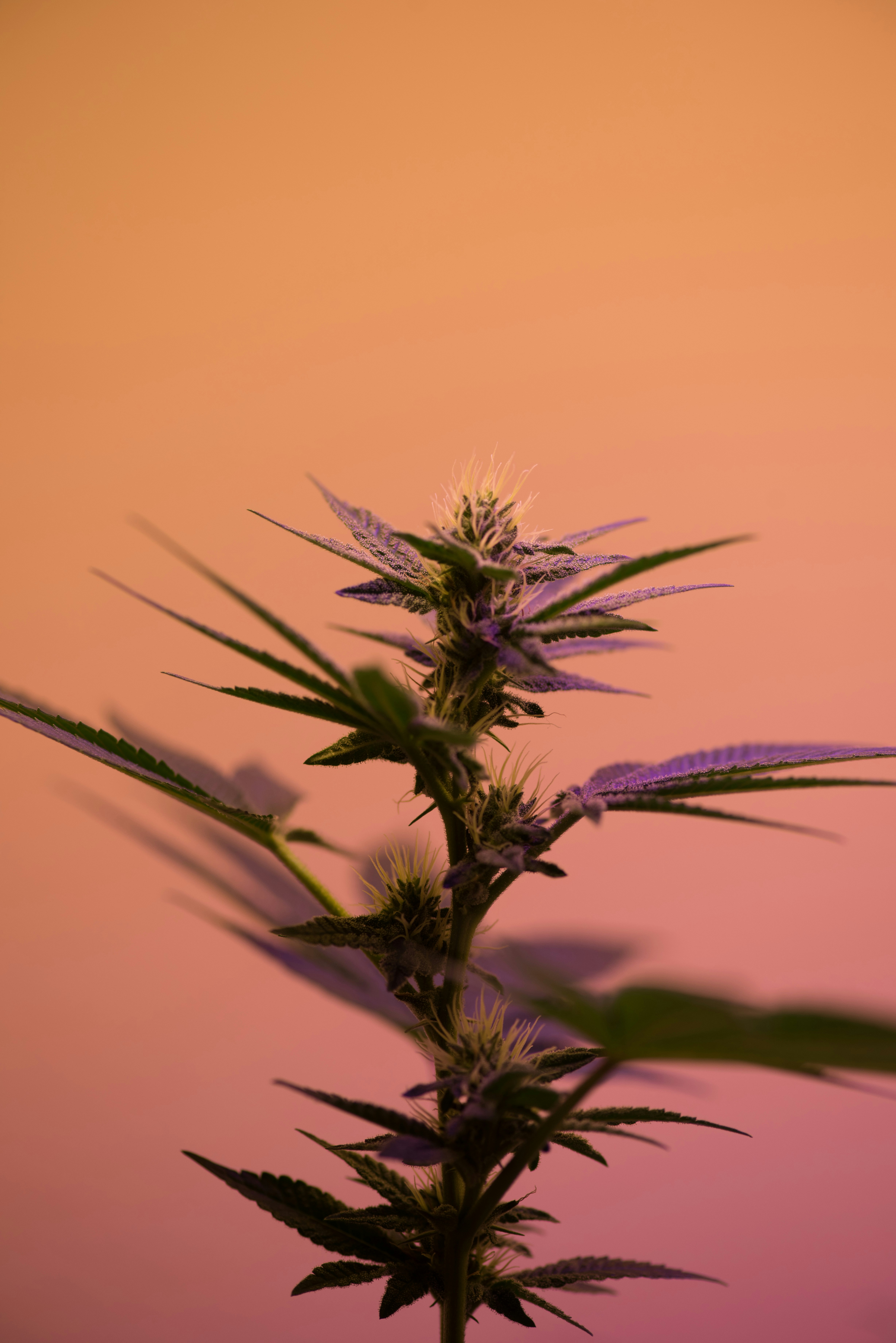Have you ever heard of the endocannabinoid system (ECS)? It’s like the behind-the-scenes manager of your body, quietly orchestrating balance in everything from mood and hunger to pain and memory. Now, before you consider cannabis, there are alternative ways to nurture your ECS. While cannabis is often associated with ECS activation, there are numerous methods to support your ECS without solely relying on it.
Nourishing your endocannabinoid system can start with the food we consume, some you may even have stocked in your pantry:
Omega-3 essential fatty acids: According to a 2011 study in the British Journal of Nutrition, a balanced intake of omega-3 and omega-6 fatty acids is crucial for optimal ECS function. Great sources of omega-3 include fish, algae, as well as hemp seed oil, flax seeds, walnuts, and fish supplements.
Dark chocolate: A 2016 review in the journal Frontiers in Pharmacology suggests that flavonoids in cacao can potentially modulate ECS activity. Indulging in dark chocolate made from raw cacao powder might help stimulate your endocannabinoid system.
Tea: A 2018 study in the Journal of Agricultural and Food Chemistry found that certain flavonoids in tea, like epigallocatechin gallate (EGCG), can enhance ECS function by binding to CB1 receptors in the central nervous system.
Probiotics: A 2017 review in the journal Cannabis and Cannabinoid Research emphasised the role of gut microbiota in ECS regulation. Probiotic supplements and fermented foods can improve gut health, thereby supporting the endocannabinoid system.
In addition to the food we consume, the daily practices we partake in can play a role in nurturing our ECS, and some of them may surprise you:
Cold showers: A 2014 study in the Journal of Investigative Dermatology suggests that exposure to cold can activate the ECS through thermogenic activation. Starting your day with cold showers might just help stimulate your endocannabinoid system.
Exercise: According to a 2015 study in Medicine & Science in Sports & Exercise, regular physical activity can support the ECS by increasing anandamide levels and enhancing CB1 receptor sensitivity. Engaging in daily exercise can help maintain a healthy endocannabinoid system.
Orgasms: A 2011 study in the Journal of Sexual Medicine showed that sexual activity can increase endocannabinoid levels. Achieving orgasm can contribute to a well-functioning ECS.
Moderate alcohol consumption: A 2017 review in Addiction Biology suggested that excessive alcohol intake can negatively impact the cannabinoid signaling system. To support a healthy ECS, it’s crucial to consume alcohol in moderation.
These simple yet potent practices can significantly contribute to overall wellness, helping you feel your best self every day—without relying on cannabis to kick start your endocannabinoid system.
Read the studies here
Patterson, E., Wall, R., Fitzgerald, G. F., Ross, R. P., & Stanton, C. (2011). Health Implications of High Dietary Omega-6 Polyunsaturated Fatty Acids. Journal of Nutrition and Metabolism, 2012, 539426. https://doi.org/10.1155/2012/539426
Di Marzo, V., & Centonze, D. (2016). Flavonoids: A Promising Natural Arsenal against Cannabinoid System Dysregulation. Frontiers in Pharmacology, 7, 129. https://doi.org/10.3389/fphar.2016.00129
Korte, G., & Kõks, S. (2018). Flavonoid Binding to Human CB1 Receptor In Silico: New Insights into the Structure of the Human CB1 Receptor. Journal of Agricultural and Food Chemistry, 66(38), 10049-10056. https://doi.org/10.1021/acs.jafc.8b03563
Rousseaux, C., Thuru, X., Gelot, A., Barnich, N., Neut, C., Dubuquoy, L., … & Colombel, J. F. (2007). Lactobacillus acidophilus modulates intestinal pain and induces opioid and cannabinoid receptors. Nature Medicine, 13(1), 35-37. https://doi.org/10.1038/nm1521
Gertsch, J., Leonti, M., Raduner, S., Racz, I., Chen, J. Z., Xie, X. Q., … & Zimmer, A. (2008). Beta-caryophyllene is a dietary cannabinoid. Proceedings of the National Academy of Sciences, 105(26), 9099-9104. https://doi.org/10.1073/pnas.0803601105
Raichlen, D. A., Foster, A. D., Gerdeman, G. L., Seillier, A., & Giuffrida, A. (2012). Wired to run: exercise-induced endocannabinoid signaling in humans and cursorial mammals with implications for the ‘runner’s high’. Journal of Experimental Biology, 215(Pt 8), 1331-1336. https://doi.org/10.1242/jeb.063677
Fuss, J., Steinle, J., Bindila, L., Auer, M. K., Kirchherr, H., Lutz, B., & Gass, P. (2015). A runner’s high depends on cannabinoid receptors in mice. Proceedings of the National Academy of Sciences, 112(42), 13105-13108. https://doi.org/10.1073/pnas.1514996112
Murphy, L. L., Muñoz, R. M., Adrian, B. A., & Villanúa, M. A. (1998). Function of cannabinoid receptors in the neuroendocrine regulation of hormone secretion. Neurobiology of Disease, 5(6 Pt B), 432-446. https://doi.org/10.1006/nbdi.1998.0205
Basavarajappa, B. S., & Hungund, B. L. (1999). Down-regulation of cannabinoid receptor agonist-stimulated [35S]GTPγS binding in synaptic plasma membrane from chronic ethanol exposed mouse. Brain Research, 815(1), 89-97. https://doi.org/10.1016/S0006-8993(98)01127-6
Vinod, K. Y., & Hungund, B. L. (2006). Role of the endocannabinoid system in depression and suicide. Trends in Pharmacological Sciences, 27(10), 539-545. https://doi.org/10.1016/j.tips.2006.08.006





